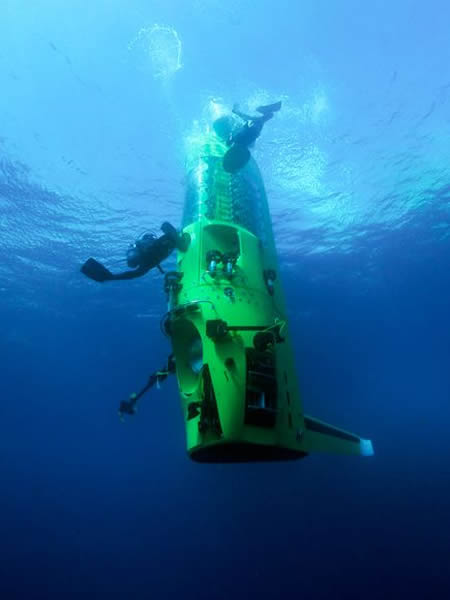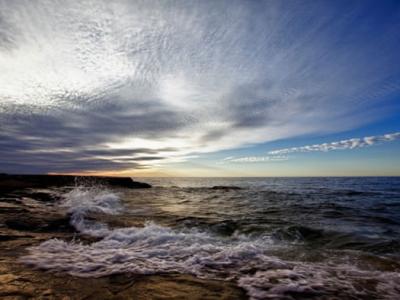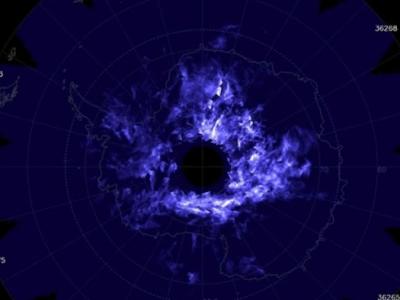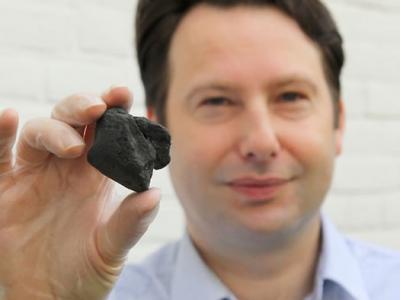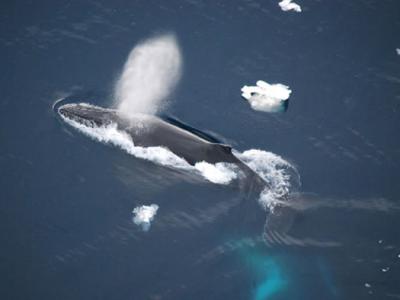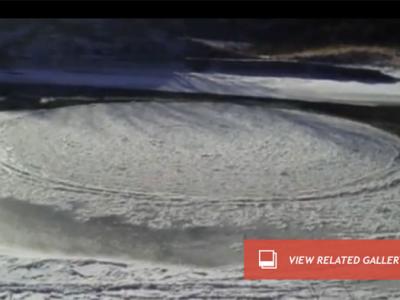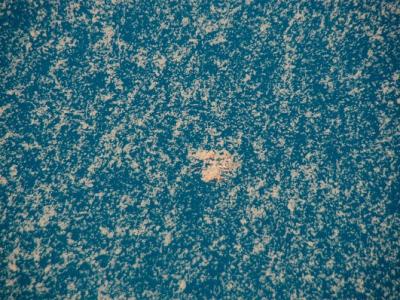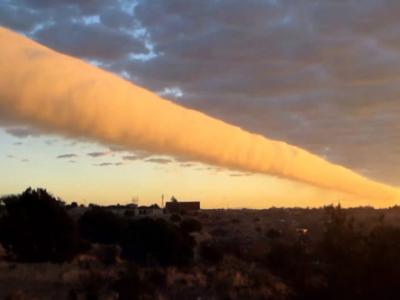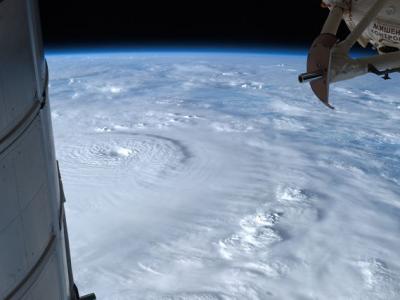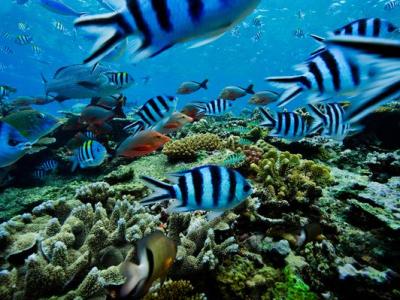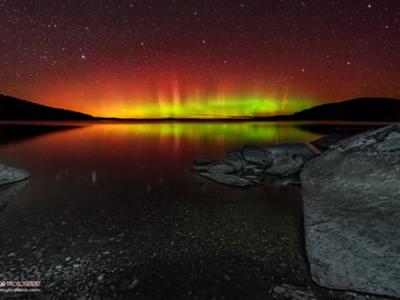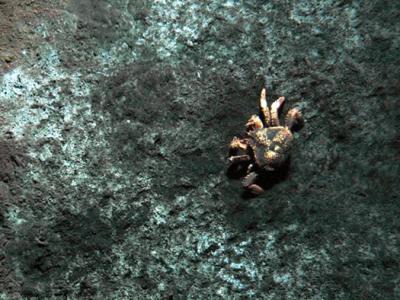Scientific Results From Challenger Deep
The DEEPSEA CHALLENGER, the one-man deep-diving submarine built by James Cameron, on a test dive off Papua New Guinea.
The spotlight is shining once again on the deepest ecosystems in the ocean—Challenger Deep in the Mariana Trench (map) and the New Britain Trench near Papua New Guinea. At a presentation today at the American Geophysical Union's conference in San Francisco, attendees got a glimpse into these mysterious ecosystems nearly 7 miles (11 kilometers) down, the former visited by filmmaker James Cameron during a historic dive earlier this year.
Microbiologist Douglas Bartlett with the University of California, San Diego described crustaceans called amphipods—oceanic cousins to pill bugs—that were collected from the New Britain Trench and grow to enormous sizes five miles (eight kilometers) down. Normally less than an inch (one to two centimeters) long in other deep-sea areas, the amphipods collected on the expedition measured 7 inches (17 centimeters).
Bartlett also noted that sea cucumbers, some of which may be new species, dominated many of the areas the team sampled in the New Britain Trench. The expedition visited this area before the dive to Challenger Deep.
Marine geologist Patricia Fryer with the University of Hawaii described some of the deepest seeps yet discovered. These seeps, where water heated by chemical reactions in the rocks percolates up through the seafloor and into the ocean, could offer hints of how life originated on Earth.
And astrobiologist Kevin Hand with the Jet Propulsion Laboratory in Pasadena, California, spoke about how life in these stygian ecosystems, powered by chemical reactions, could parallel the evolution of life on other planets.
Jane J. Lee
National Geographic News
Published December 4, 2012
